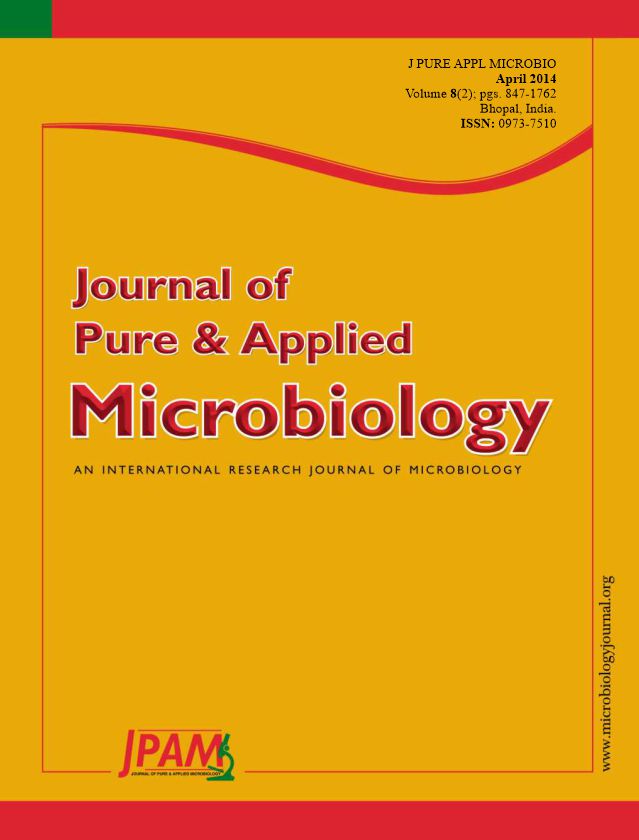The goal of this study is to assess the protective efficiency of the E72-296 protein, a candidate for a safer rubella virus vaccine. BALB/c mice were immunized with purified E72-296 protein, RV JR23 strain or Attenuated RV Vaccine. Anti-RV antibodies were tested by indirect ELISA, and cell immune responses were examined by lymphocyte proliferation assay. NK cell activity and challenge tests were assayed to evaluate the safety of the E72-296 protein. In this study, the RV-specific ELISA antibodies induced by the E72-296 protein were obtained. Mice immunized with the E72-296 protein had effective protection against RV when challenged with RV JR23 ten days after triple immunization. Further analyses of cell-mediated immune responses showed that the E72-296 protein induced positive cell-mediated immunity (CMI) (stimulation index ³2.0 ). In addition, it was noticed that E72-296 protein could not alter splenic NK cell cytotoxicity, which was reduced in mice immunized with the Attenuated RV Vaccine. This suggested that E72-296 protein was safer than latter. These results indicated that the E72-296 protein not only induced complete protection against RV challenge in mice, but is also a candidate for a safer vaccine.
Rubella virus, Pichia pastoris, E72-296 protein, NK cell activity, Protective immune response
© The Author(s) 2014. Open Access. This article is distributed under the terms of the Creative Commons Attribution 4.0 International License which permits unrestricted use, sharing, distribution, and reproduction in any medium, provided you give appropriate credit to the original author(s) and the source, provide a link to the Creative Commons license, and indicate if changes were made.


